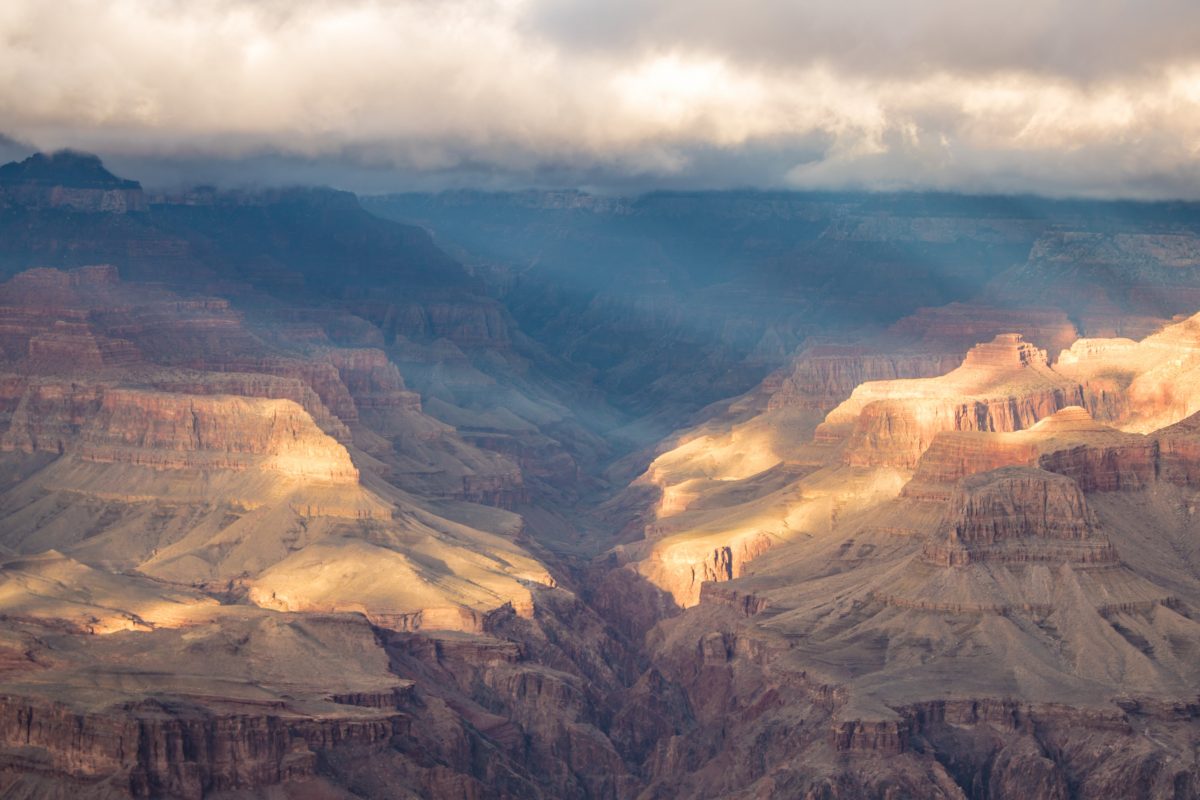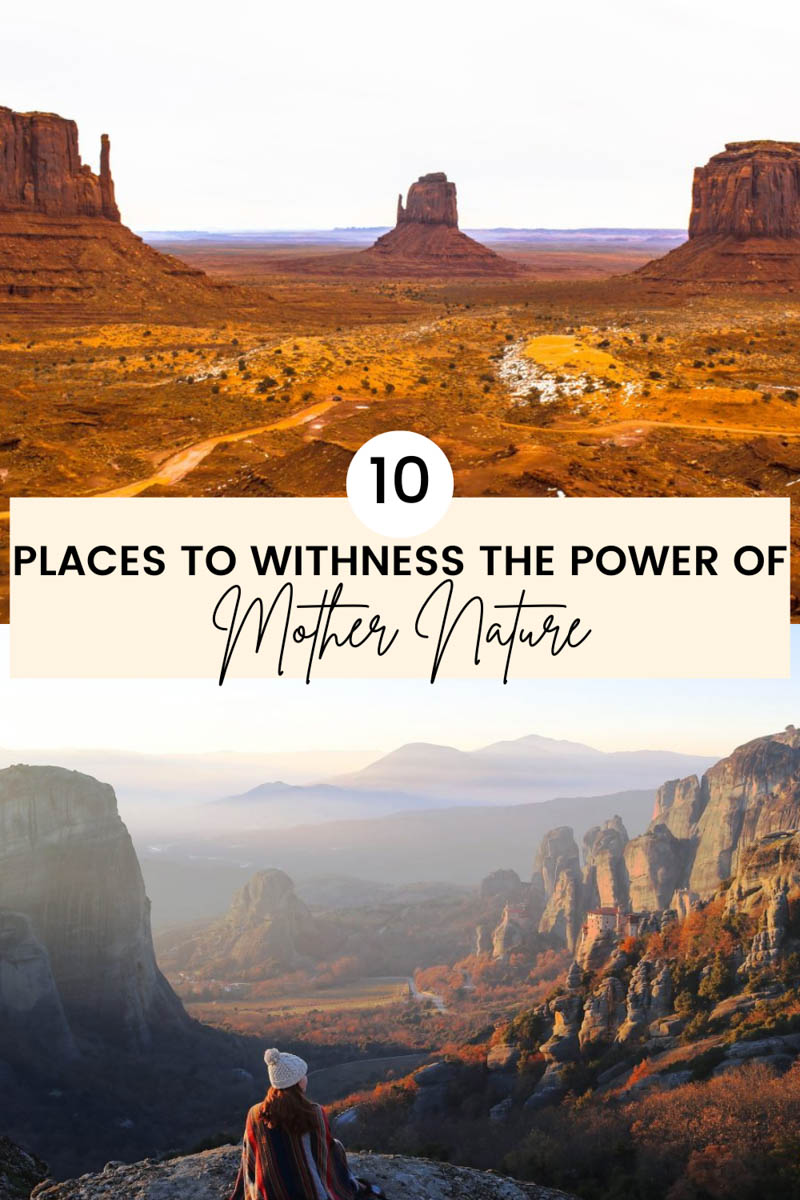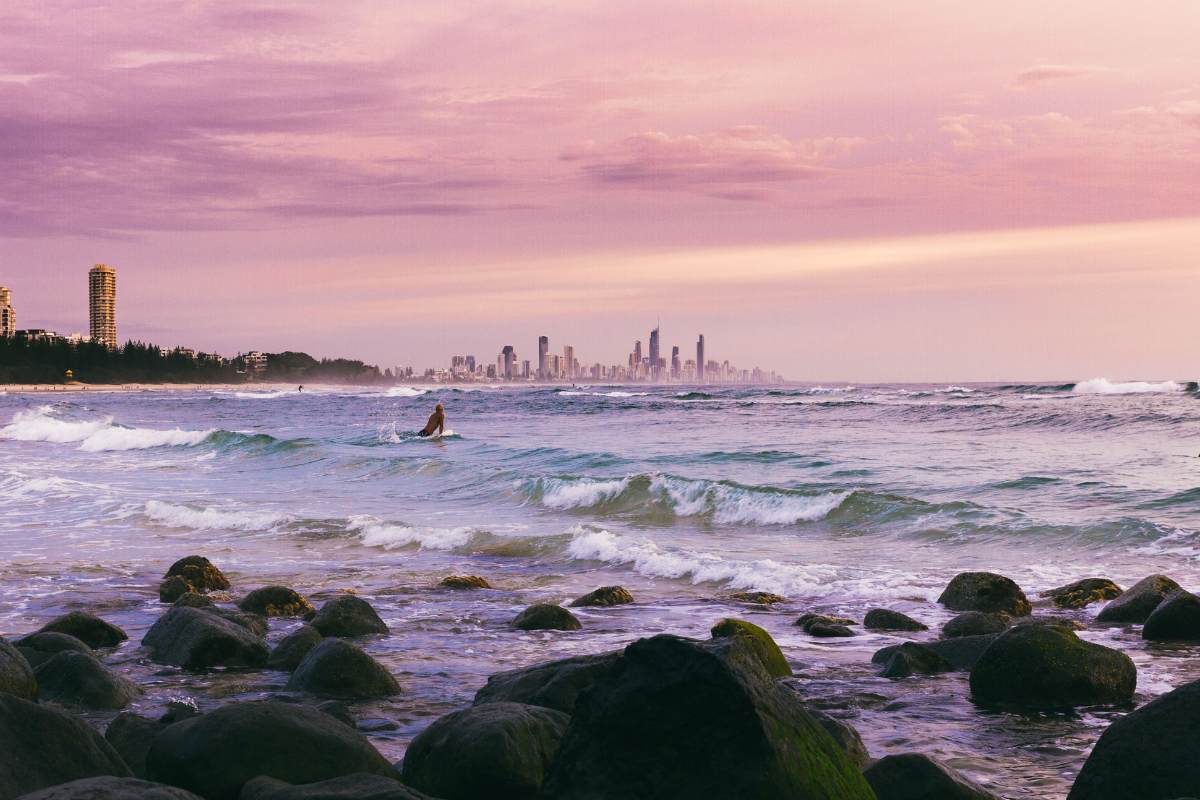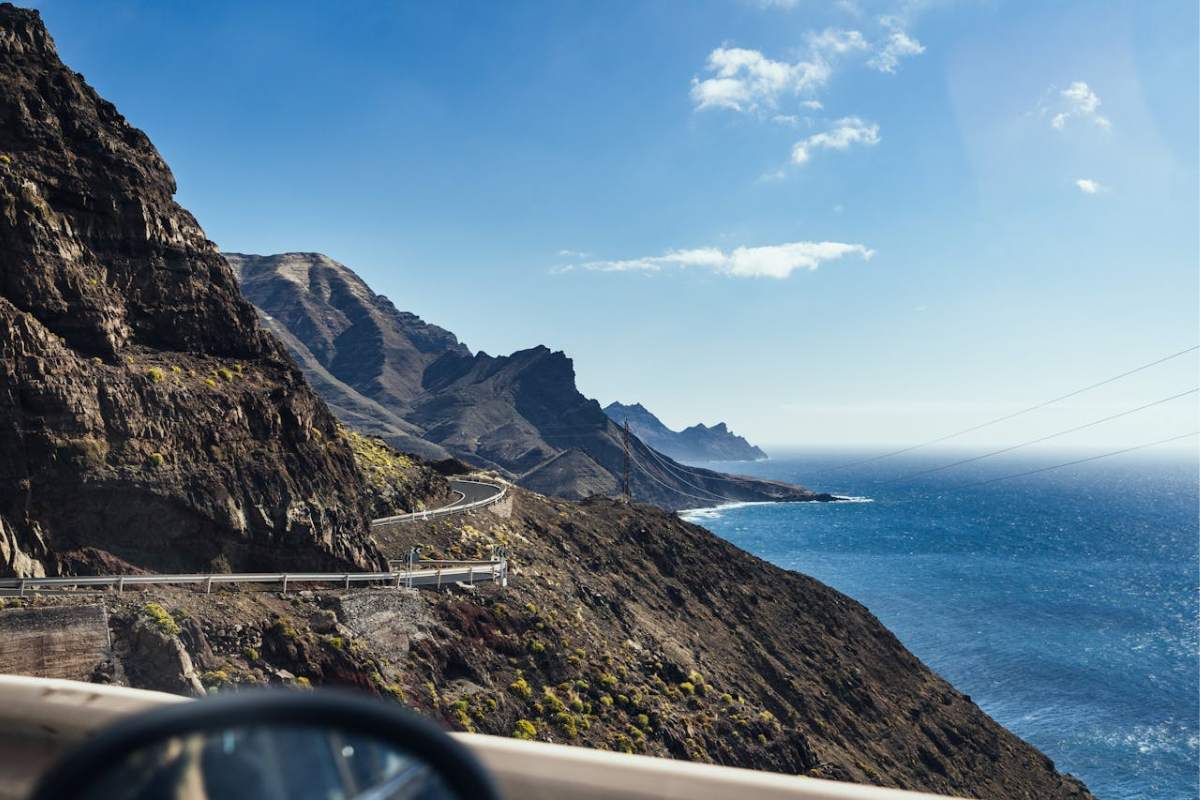
Earth. Fire. Wind. Water. Heart. Go Captain Planet!
Often when I travel, I find myself flashing back to my childhood memories watching Captain Planet and his Planeteers use the forces of Mother Nature to defend the Earth. I like to imagine how these forces work to create the unique landscapes I visit across the world. I imagine Linka (who has the power of wind for those who have been deprived of Captain Planet) flying around eroding the valleys I hike or Gi (who has the power of water) swimming through the fjords I cruise. Then, when I’m back at my hotel, I become entranced in google searches to understand exactly how each landscape was formed. What are these unique landscapes, and how did they form you ask? Read on for all to be revealed.
1. Cappadocia, Turkey

The Turkish region of Cappadocia is straight out of the pages of a science fiction book (cough Star Wars anyone? cough). Some 30 million years ago, the three volcanoes that surround the region erupted, blanketing the plateau in volcanic ash and mud. Over time, this ash and mud compressed into a rock material referred to as tuff. Wind and flood waters that passed over the plateau in the successive millennia transformed its smooth surface into an uneven landscape of gullies via erosion. The end product is the steep sloped rock formations that we today refer to as fairy chimneys. Some of these fairy chimneys take on a slightly different appearance featuring a conical shaped body with a boulder on top. While the body of these chimneys is constructed of tuff, the cap is comprised of harder, more resistant volcanic rocks. The cap acts just like a sunhat protecting us from harmful UV radiation, but instead protects the softer rock underneath it from erosion.
2. Vatnajökull Ice Caves, Iceland

The real world answer to Superman’s fortress of solitude, Iceland’s ice caves need to be seen to be believed. The caves form as glacial rivers below the Vatnajökull glacier retreat and freeze during the winter. Standing inside the ice caves, one can hear the glacier sing a chorus of cracking sounds. But don’t fret, these sounds are not because it is going to collapse, but rather because the cave is moving along with the glacier. What’s more is that each year the caves form in completely different places, making each cave as unique as the snowflakes that they are formed from.
3. Ta Prohm, Cambodia

The beauty and resilience of Mother Nature is intertwined with the entangled temples, trees and vines at the Ta Prohm temple. How did this once glorified Angkor temple become like this? After the fall of the Khmer Empire in the 15th century, the temple was left to the clutches of the surrounding jungle. Whether by birds or wind, seeds were eventually carried to atop the temple. Add in a splash of rain, a dash of sunshine, and five hundred years, and you have yourself a giant tree growing atop an ancient temple!
4. Monument Valley, U.S.A.

As the set for a seemingly endless supply of western films, Monument Valley is the visual definition of the wild, wild west. But just how was this unique landscape formed? In ancient times, this region was covered in layer upon layer of sandstone and shale that was deposited by an ancient sea that blanketed much of the western U.S.A. These deposits were buried under the sea for millennia until they were uplifted and folded along with the rest of the Colorado Plateau. This left the landscape susceptible to erosion by wind and rain. As the sandstone layers were stronger than the shale layers, the shale eroded faster. As a result, the vertically jointed sandstone slabs were left to form the many buttes and pinnacles that tourists fly across the world to gaze at in wonder today. Pretty cool huh?
5. Milford Sound, New Zealand

From the sheer cliffs that excite both admiration and apprehension to the dolphins that dance through the water, Milford Sound is a fusion of all the beauty that Mother Nature has to offer. But did you know that Milford Sound is not actually a sound but is rather a fjord? What’s the difference you ask. Well, the basic difference is that a sound is forged by a river and thus has a v-shaped bottom and sloping slides, whilst a fjord is forged by a glacier and thus has a flat bottom and very steep sides. When Milford Sound was discovered in 1823, it was mistakenly named a sound as it was thought to have been forged by a river.
6. Mont St. Michel, France

At low-tide, Mont St Michel is just another of the many picturesque communes scattered around northwest France. However, at high-tide the commune becomes an island in a magical transformation that will have you looking around for the island’s fairy godmother. These high tides occur when the sun, moon and earth align. When this happens the gravitational pull from the sun and moon attracts the water towards it causing the sea level to rise and the tide to come in. The commune’s geographical location also plays a key role in the tidal phenomenon. As the tide comes in from the Atlantic Ocean, it hits the Cotentin coastline like a wall, causing the tidal water to break before flowing into the bay of Mont St Michel.
7. Pompeii and Mt. Vesuvius, Italy

On August 24, 79 A.D., Mt. Vesuvius erupted burying the ancient Roman city of Pompeii and its citizens beneath a thick carpet of ash, pumice and other volcanic debris. As the soft tissues of the citizen’s bodies decayed throughout the ensuing centuries, a hollow shell was left in the hardened ash that preserved their final postures. When archaeologists excavated the site in 1864, they poured plaster into these hollow pockets. As they chipped off the outer layers of the hardened ash, detailed plaster casts of the bodies at their moment of death were revealed. Visiting the archaeological site of Pompeii today, you can see these plaster casts for yourself and get an idea of the sheer power of this natural disaster. How does the mighty volcano exist? Mt. Vesuvius was formed through the convergence of two tectonic plates – the African plate and the Eurasian plate. As the two plates collide and gradually separate, magma from the mantle seeps up through the cracks and rises to the surface triggering what we refer to as a volcanic eruption.
8. Meteora, Greece

Pity the person who missed out on Meteora while they were in Greece. It’s not a saying, but it most definitely should be. Meteora (meaning ‘suspended rocks’ in Greek) is one of the most majestic and beautiful geological features on the entire European continent. The pillars are made of conglomerate rock that formed over thousands – if not millions – of years when the region was underwater. What are conglomerates and just how are they formed? Conglomerates are made up of a mixture of large individual rounded rocks and rock fragments that are glued together by a mixture of very small grains. The easiest way to understand conglomerates is to think of them like cement. The wind and water that persistently present themselves in the region due to the local climate and altitude then shaped these magnificent formations into the pillars that stand before us today.
9. Mt. Cook National Park, New Zealand

Strolling through Mt Cook National Park will have you stepping to the beat of snow avalanches as you wander through fog-filled valleys surrounded by snow capped mountains. Snow avalanches—such as this one seen from the Mueller Glacier in Mt Cook National Park—are among nature’s most striking spectacles. An avalanche occurs when the layers of accumulated snow on the side of a mountain are disturbed in some way. Such a disturbance causes a fracture in the top layer of the snow pack and a subsequent downward deluge of snow. Disturbances include both natural (e.g. precipitation, sudden increases in temperature or a rock fall) and anthropogenic factors (e.g. skiers or snowmobilers).
10. The Grand Canyon, U.S.A.

Of course one cannot talk about the power of Mother Nature without mentioning the mighty Grand Canyon. The Grand Canyon is characterized by near-horizontal sedimentary rocks lifted 1500 to 4000 metres above sea level. The crown jewels for both geologists and archaeologists, the Canyon displays a largely undisturbed cross-section of the Earth’s crust that is said to extend back some two BILLION years. The canyon’s formation can be traced back approximately 1,200 million years ago when 4000 metres of lava and sediment were deposited in the then marine environment. Approximately 725 million years ago, mountain building lifted and tilted these rock layers. The snowmelt-fed Colorado River that later flowed through the region carved out the canyon. The canyon’s distinct shape is the result of asymmetric carving as the Colorado River caused rapid cutting of the canyon’s depth, whilst the region’s dry climate allowed only slow widening of the canyon. I think we owe Mother Nature a huge “Thankyou!” and a celebratory glass of champagne for her efforts with this one!
Have you been overwhelmed by the power of Mother Nature somewhere in your travels? Let me know in the comments below (extra points if you can tell me how the landscape was formed!)
Elle is a world-wanderer, star-gazer, dog-lover and meteorologist in the making. When she’s not busy studying the Earth’s climate, she’s off experiencing it first hand all around the world. Over the past 3 years, Elle has traveled to 31 countries across Europe, Asia, Oceania and the United States and has no plans of stopping anytime soon. You can follow her colorful adventures on her Instagram, Facebook and at thisisyugen.com.
Like this article on where to witness the power of Mother Nature? Pin it!





